In many ways, I'm maybe a bit unqualified to write a review of new BlackBerry hardware. I've never owned a BlackBerry device, and have only poked at a few over my years as an IT person—iPhone and Android handsets tended to be more popular even among the professional set. I have a passing familiarity with the Bolds and Curves that compose the company-formerly-known-as-RIM's pre-BlackBerry 10 product line, but my time as a smartphone owner began after the sun had set on the BlackBerry empire.
This means, however, that I'm looking at the BlackBerry Z10 and its accompanying operating system with the same eyes as many smartphone purchasers will be seeing the phone: to us, it's a new touchscreen-driven platform that goes up against two huge, entrenched competitors (and one scrappy contender with deep pockets). It's not good enough for the Z10 to be the best BlackBerry phone ever—it also has to defeat phones from the companies that have all but pushed BlackBerry out of a market it helped to pioneer.
The BlackBerry Z10 serves as a modern-day reboot for the company, and the phone's success or failure will likely dictate whether this is the beginning of a comeback or the end of the line. Where does it succeed, and where are its version 1.0 problems?
Body and build quality
| Specs at a glance: BlackBerry Z10 | |
|---|---|
| Screen | 1280x768 4.2" (356 ppi) IPS touchscreen |
| OS | BlackBerry 10 |
| CPU | Dual-core 1.5GHz Qualcomm Snapdragon S4 Plus |
| RAM | 2GB |
| GPU | Qualcomm Adreno 225 |
| Storage | 16GB NAND flash, expandable via microSD |
| Networking | 802.11a/b/g/n, Bluetooth 4.0, NFC |
| Ports | Micro USB, Micro HDMI, headphones |
| Camera | 8.0MP rear camera, 2MP front camera |
| Size | 5.12" x 2.58" x 0.35" (130 x 65.6 x 9 mm) |
| Weight | 0.30 lbs (135.4 g) |
| Battery | 1800 mAh |
| Starting price | TBA. Likely $149 or $199 with a two-year contract. |
| Sensor | Ambient light sensor, GPS |
| Other perks | Power adapter, case, screen cleaner |
For a company that has never really made a phone like this before, the actual hardware itself pretty much nails it. At this point, the modern smartphone's form factor is "a rectangle with a screen on front" in the same way that a laptop is "a screen with a keyboard attached," but BlackBerry has gone and made themselves a pretty nice rectangle.
The body of the phone is made of a solid black (or white) plastic. This is plastic construction done right—it's not too bulky (as is the Nokia Lumia 920), but it doesn't feel too light or "cheap" either (as some have said of Samsung's Galaxy S III). The phone has rounded corners and a (very) gently rounded back that feel good to hold. The back cover, which peels off to expose the phone's SIM card tray, microSD card slot, and removable 1800 mAh battery, is made of a lightly textured rubberized black plastic that provides a nice grip, again standing in contrast to the glossy, slick plastic and glass backs used by many other smartphones.
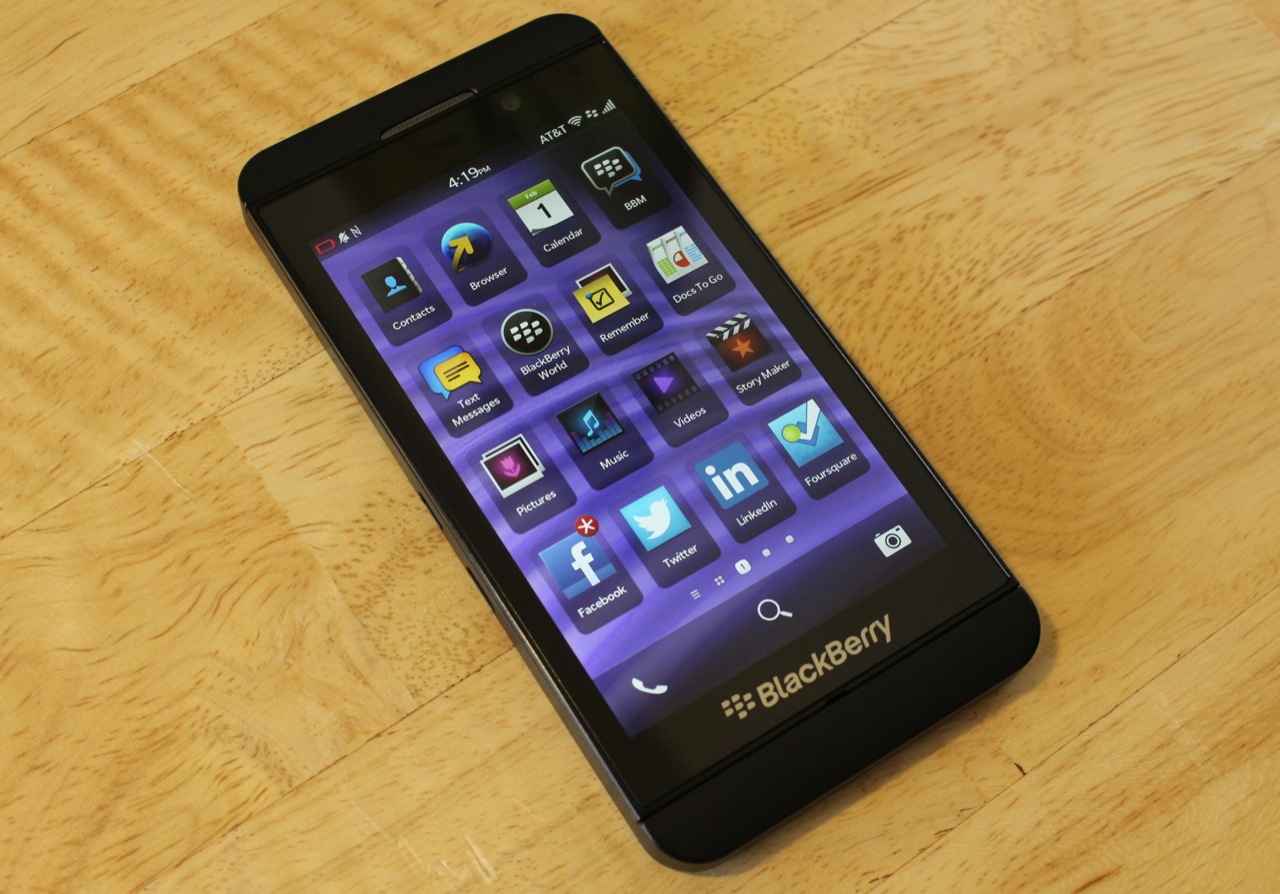
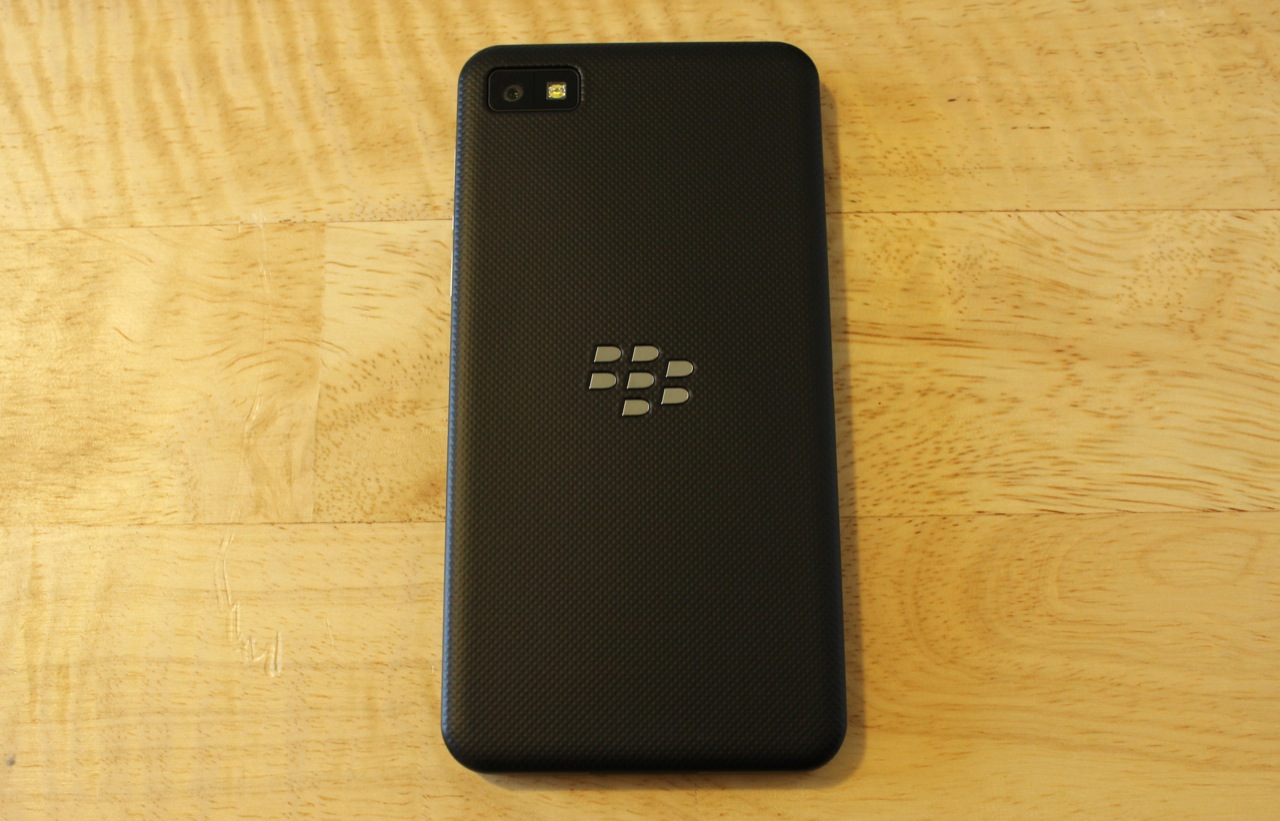



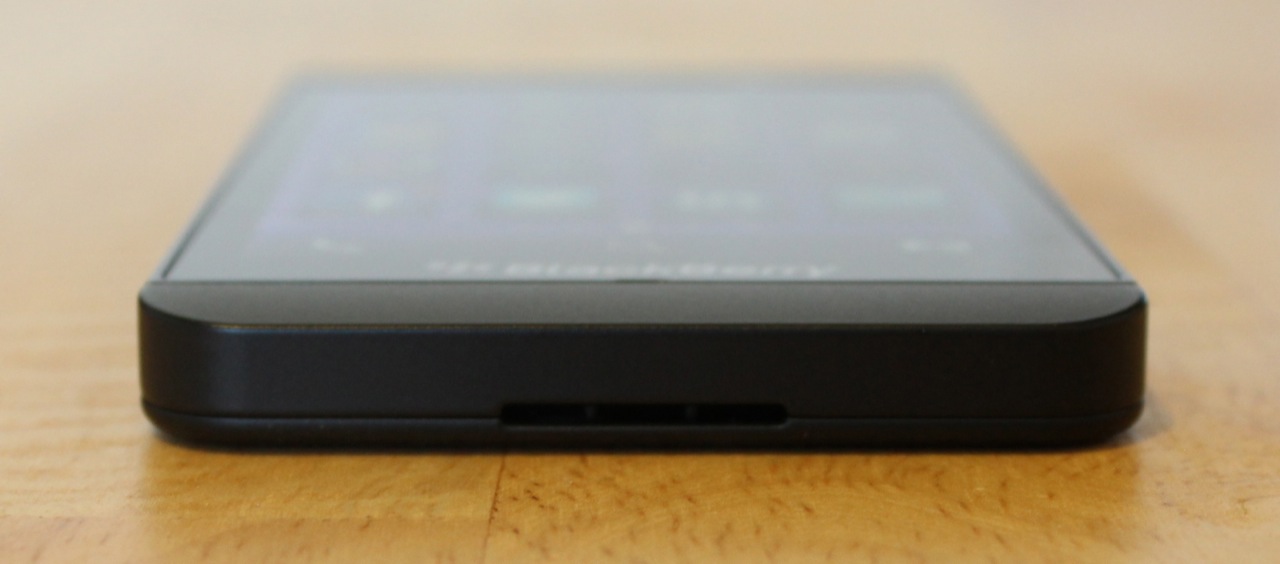

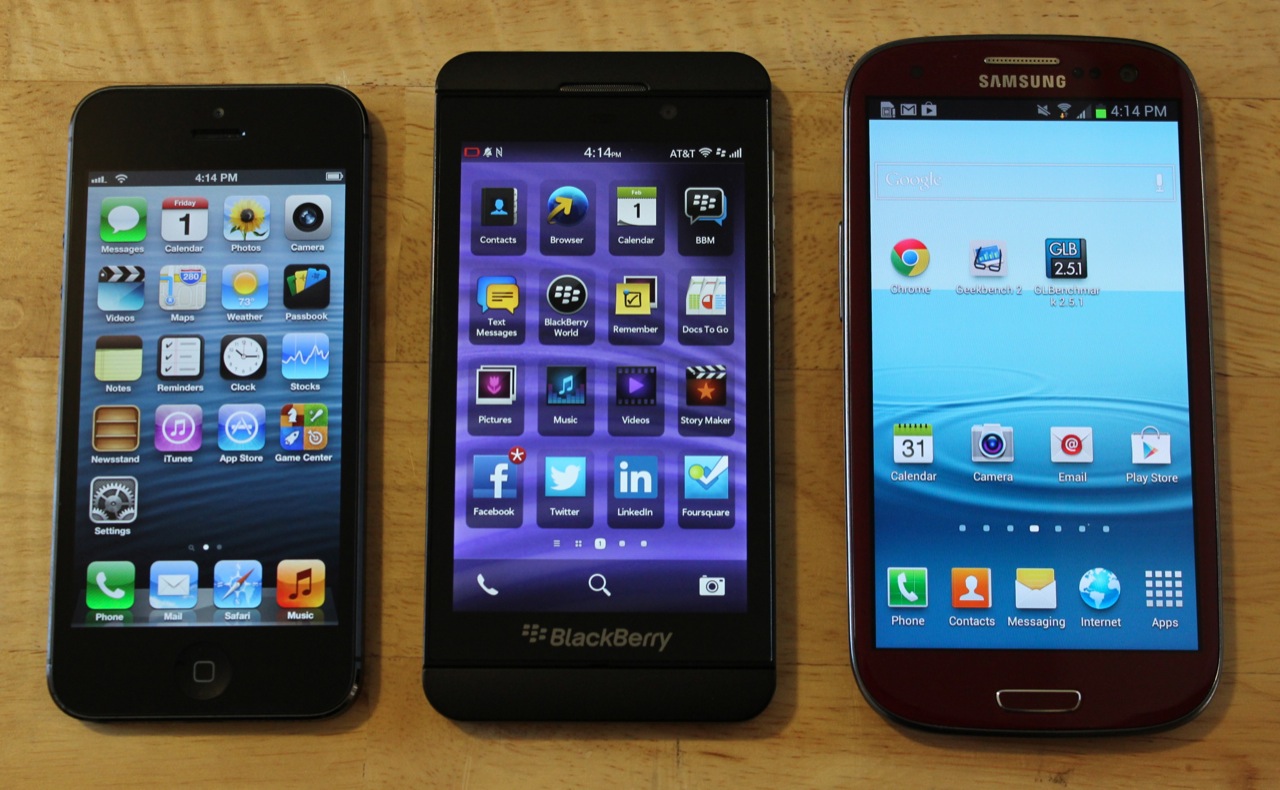

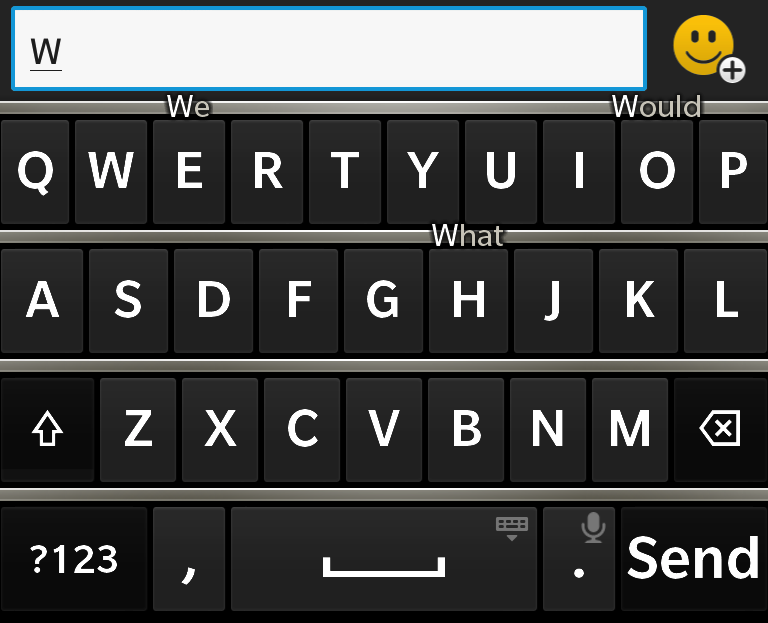



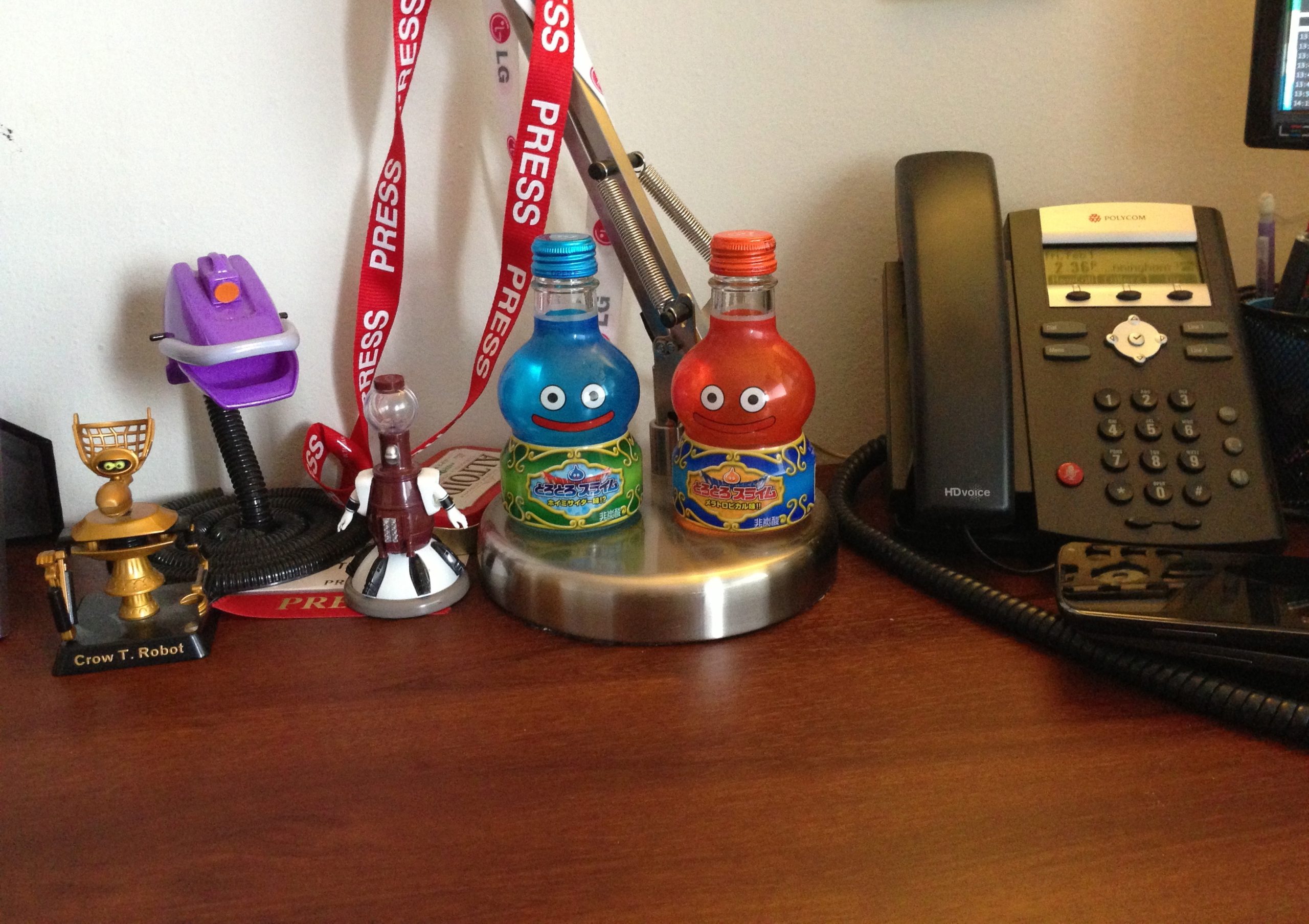

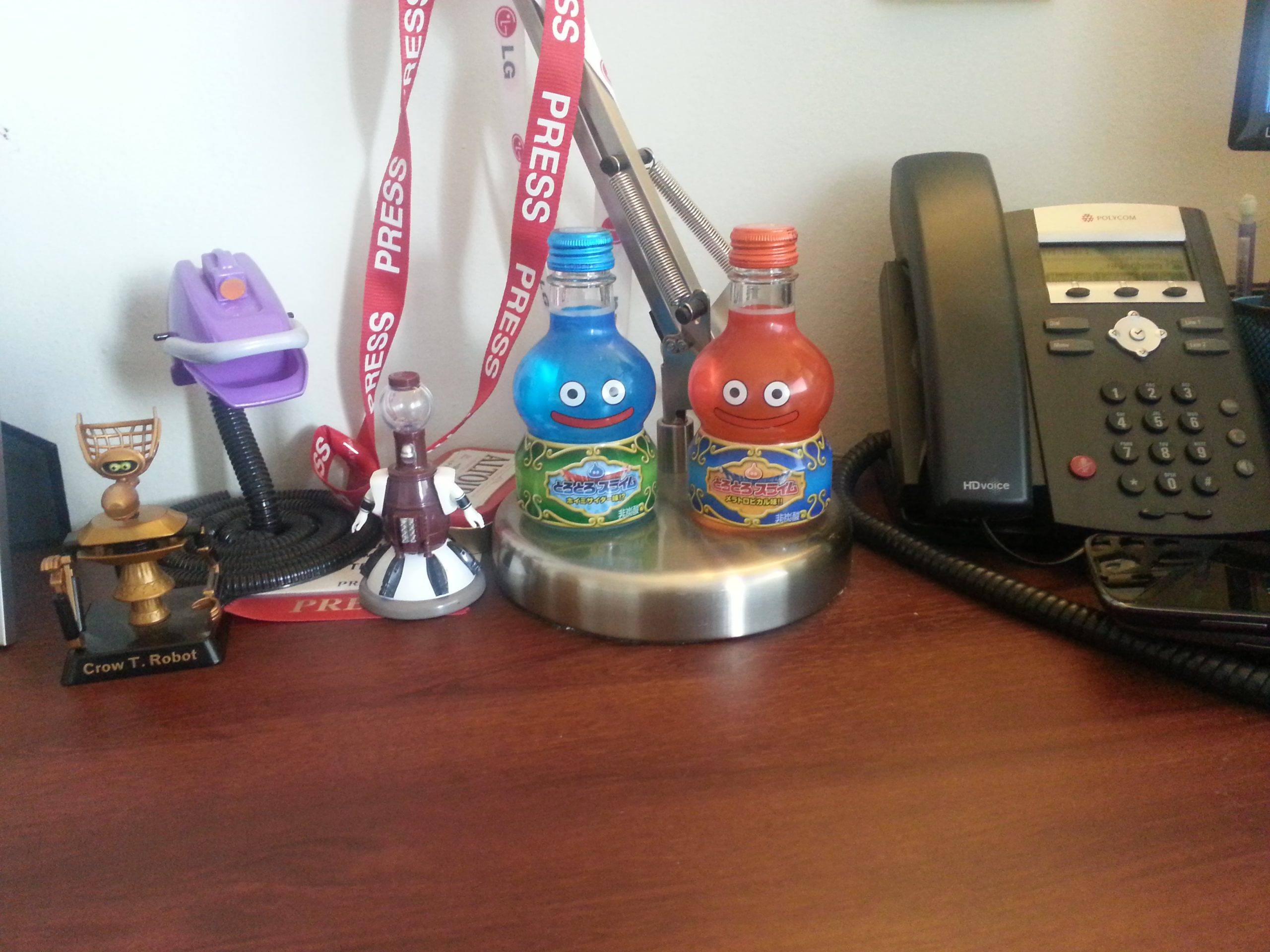
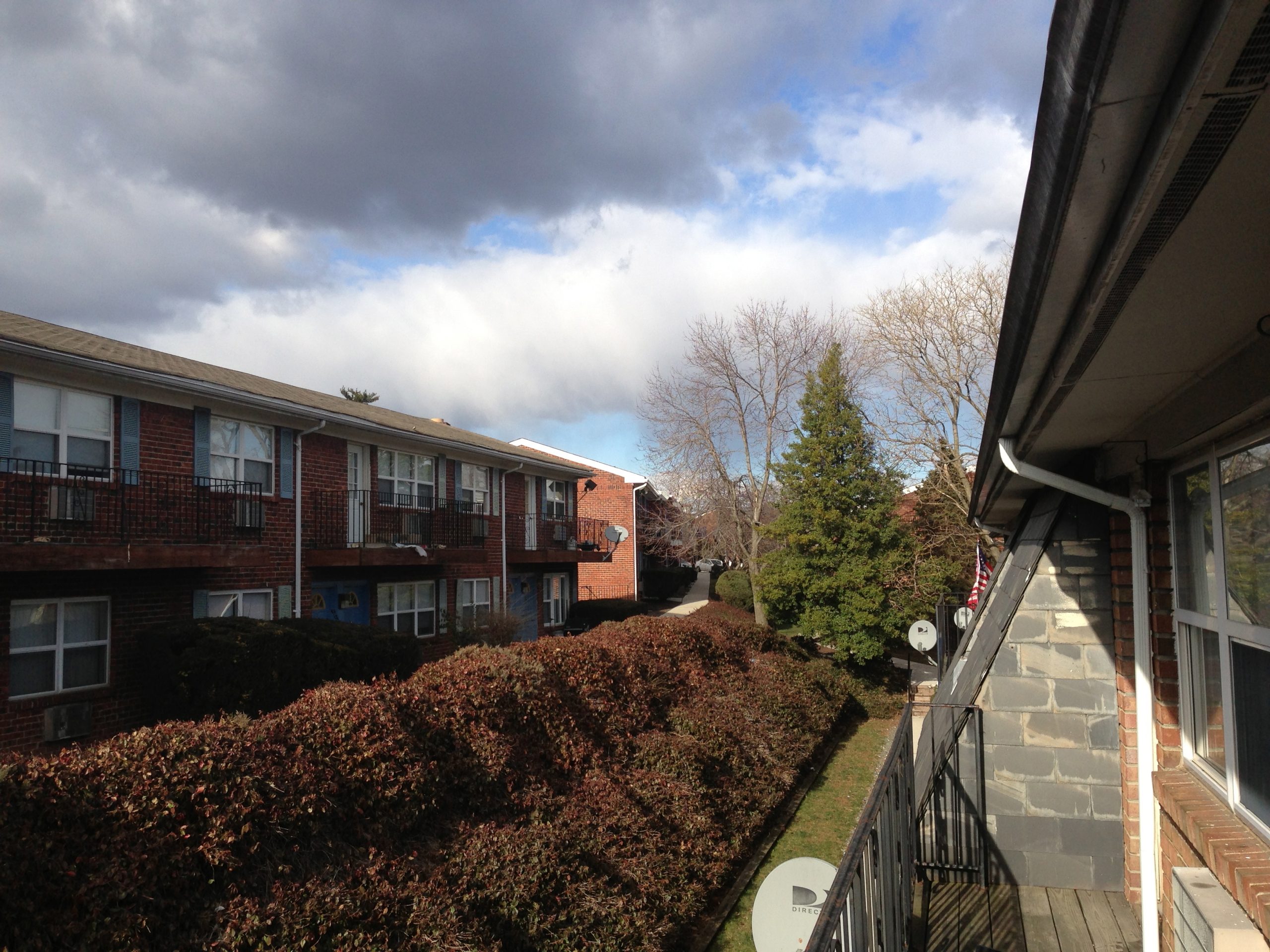
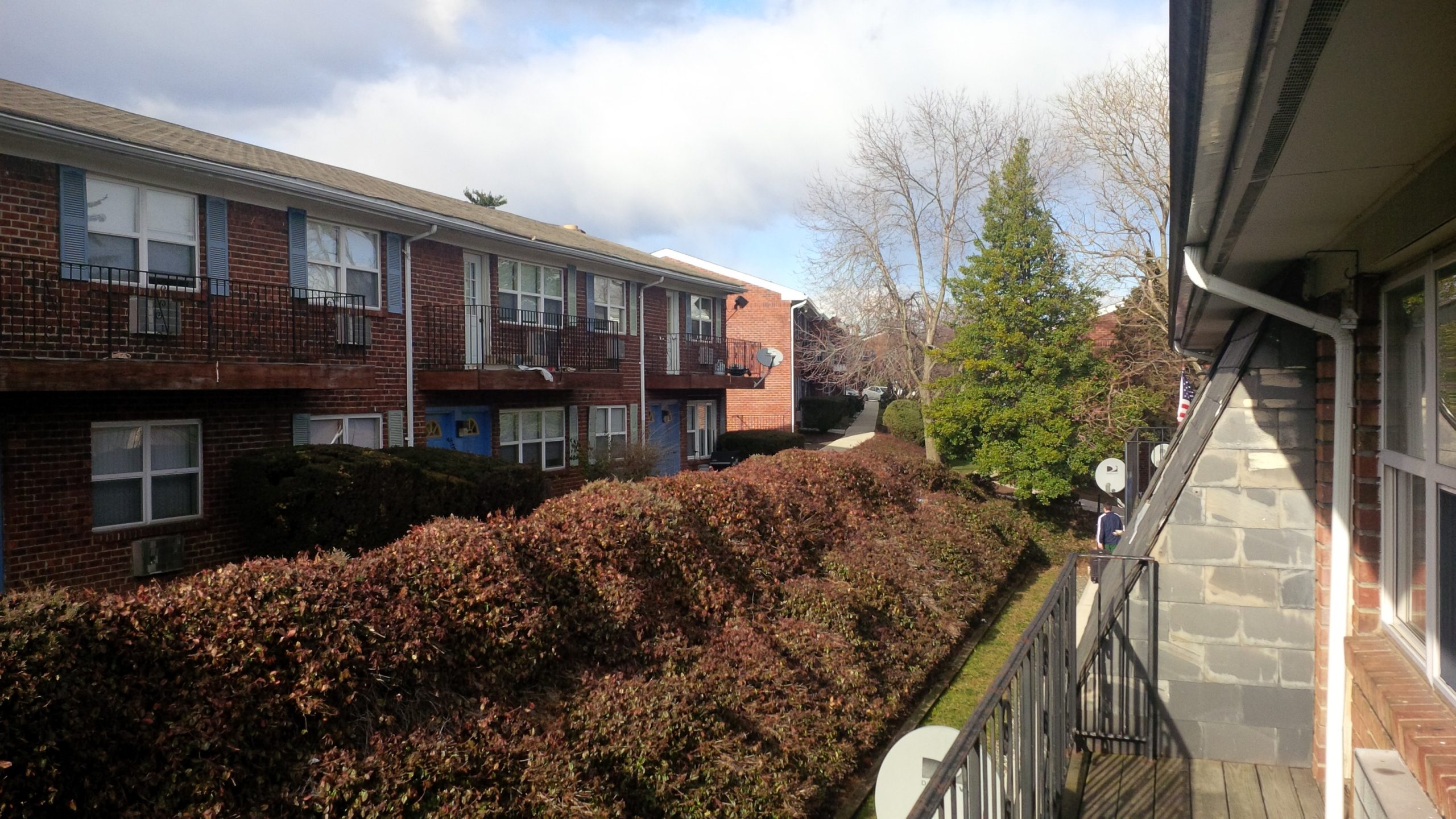
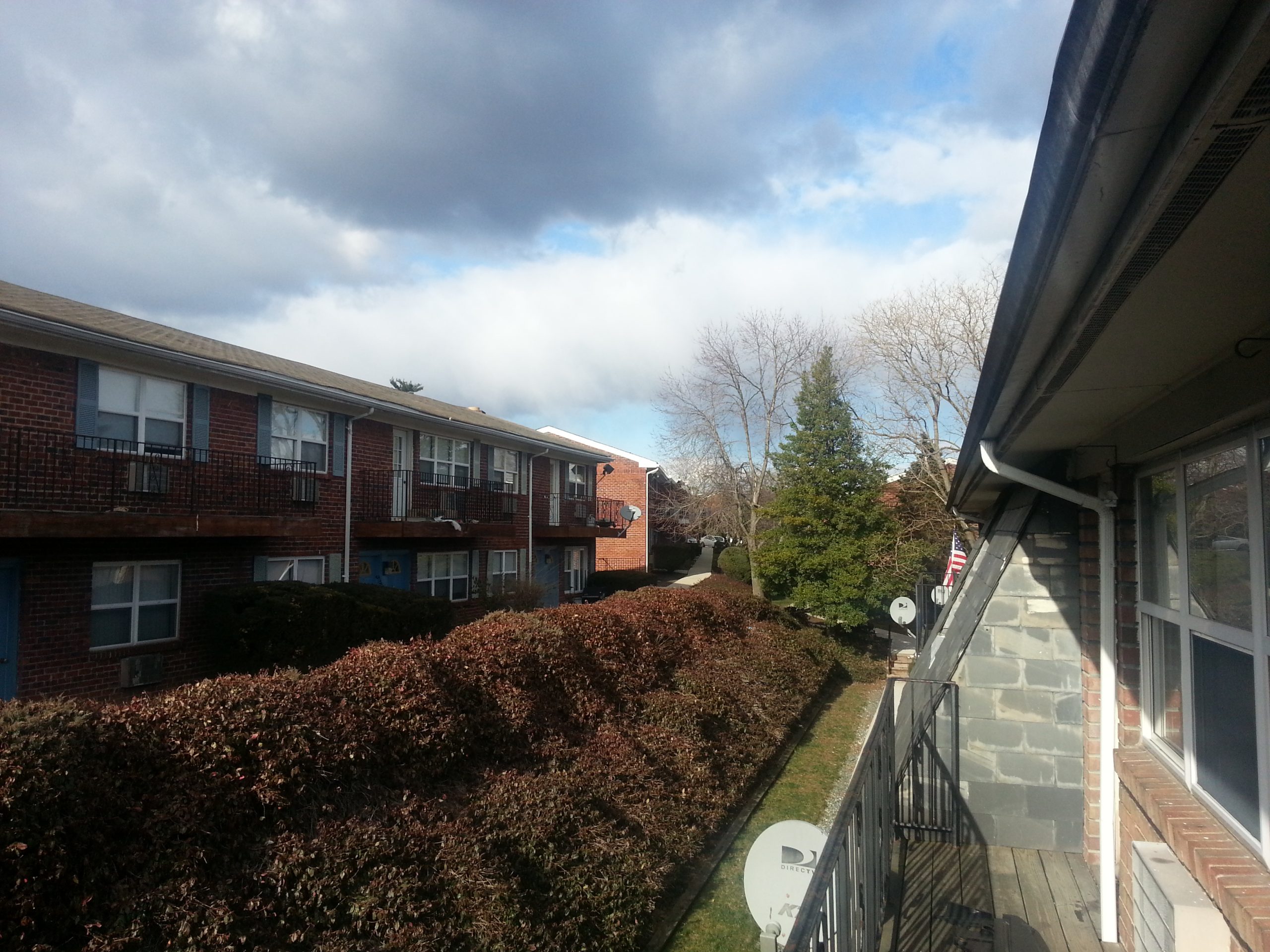
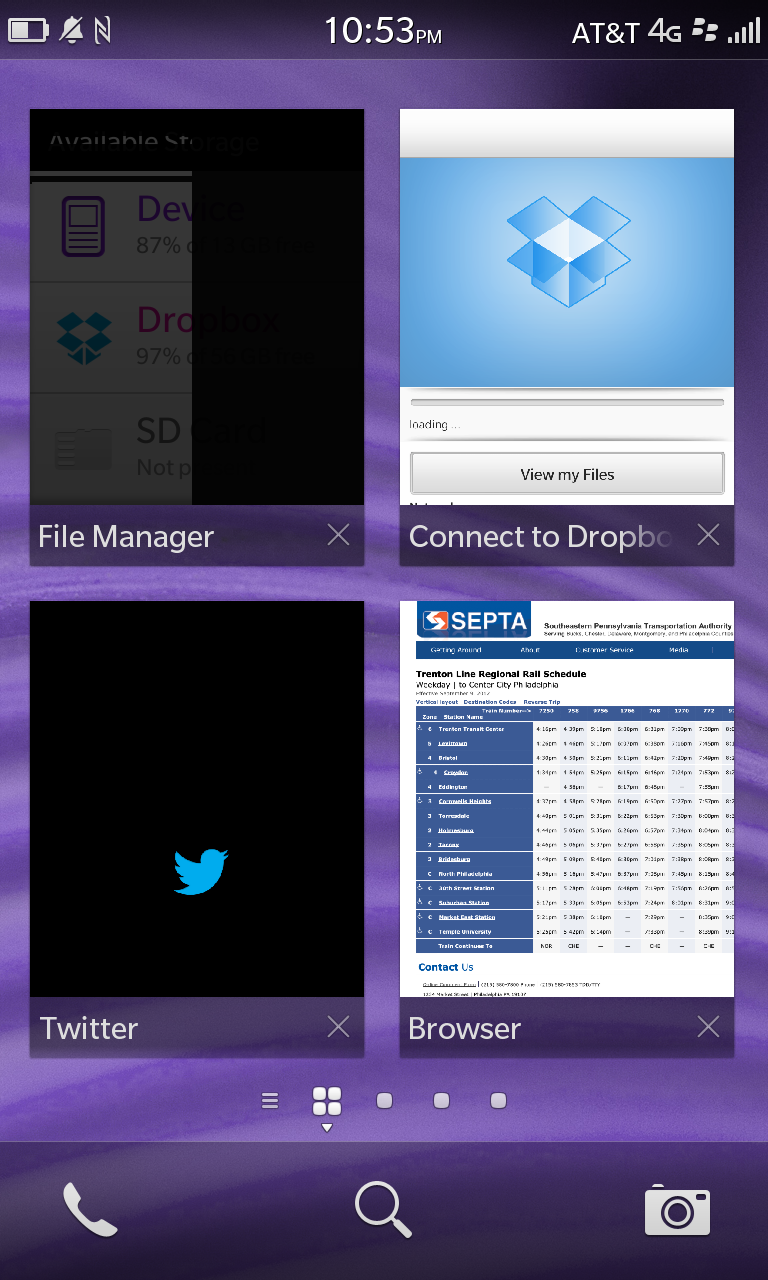
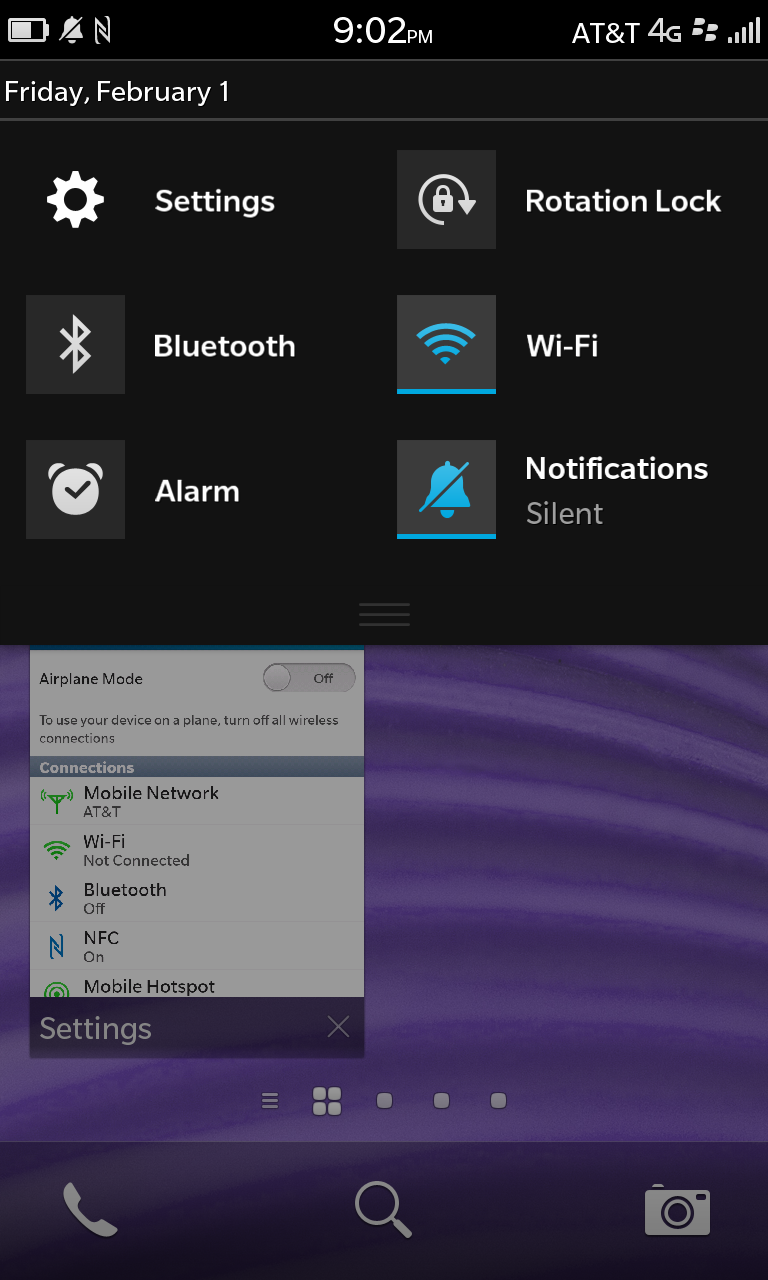
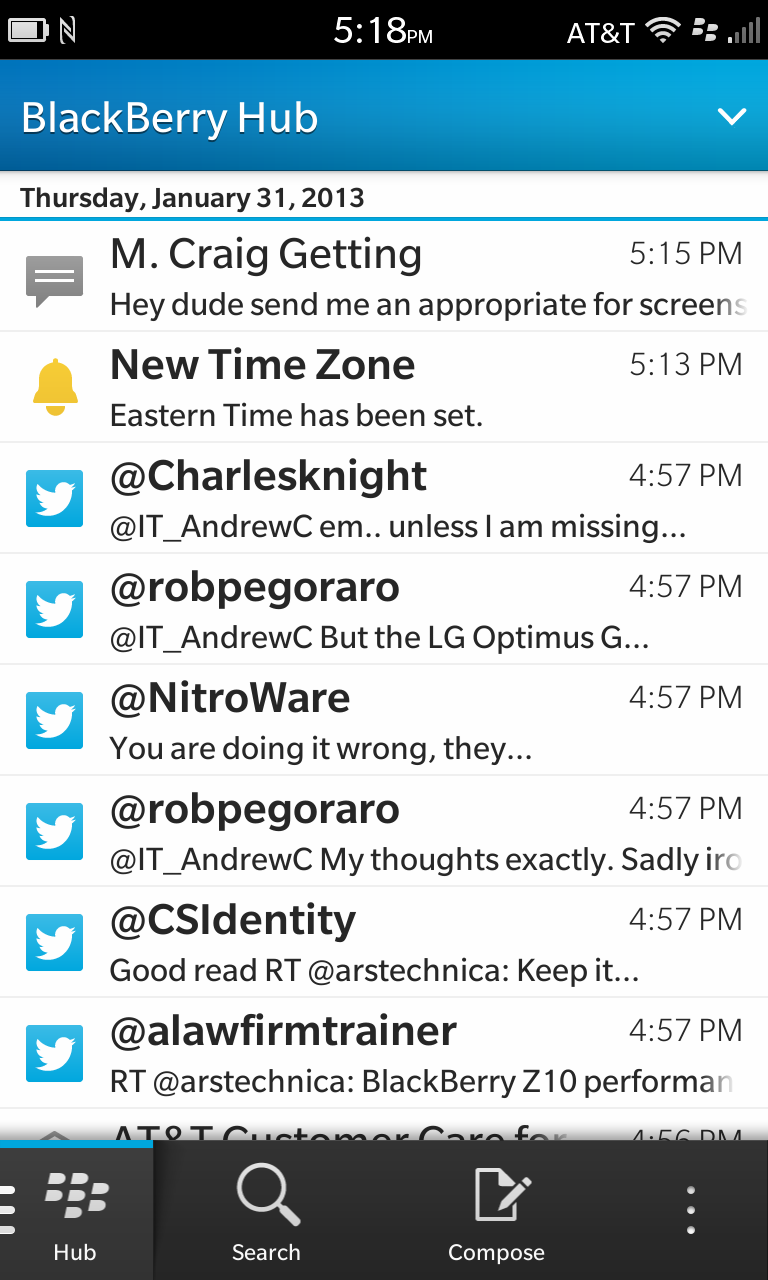

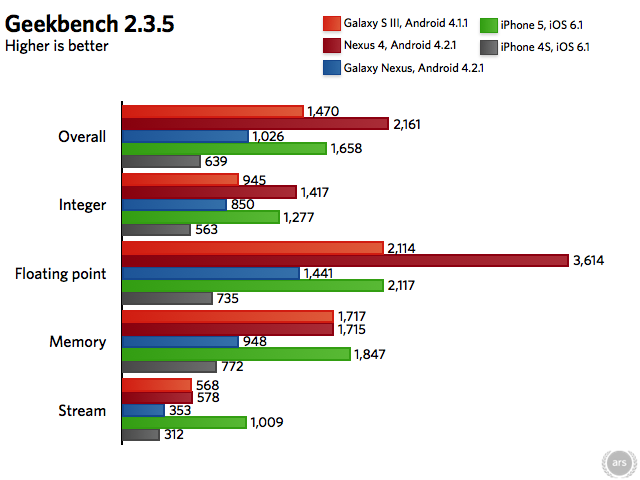


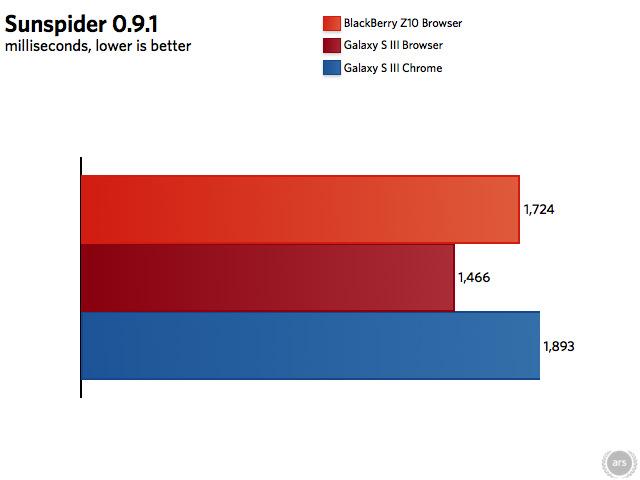
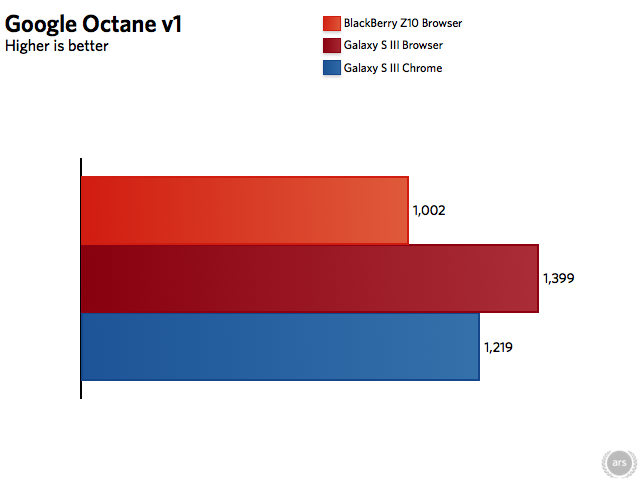

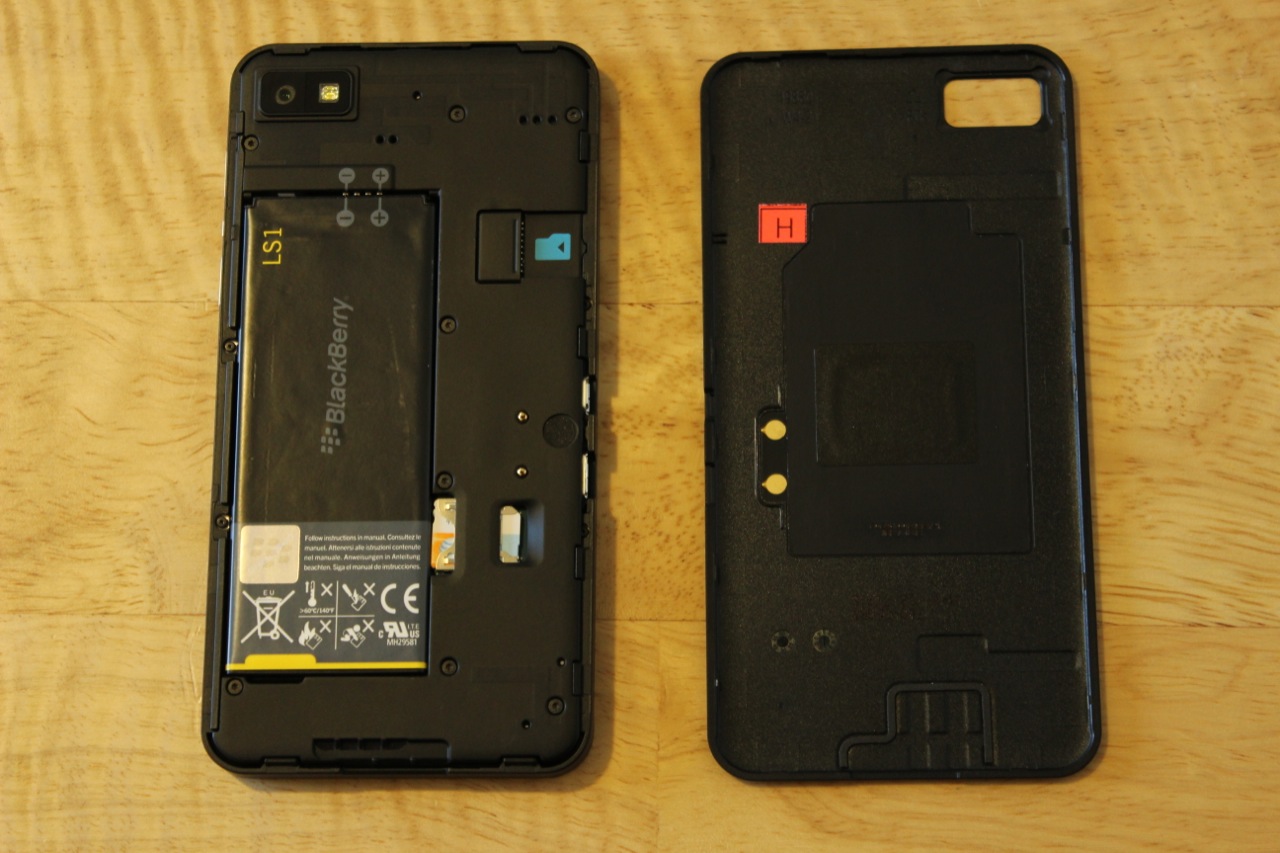


 Loading comments...
Loading comments...
